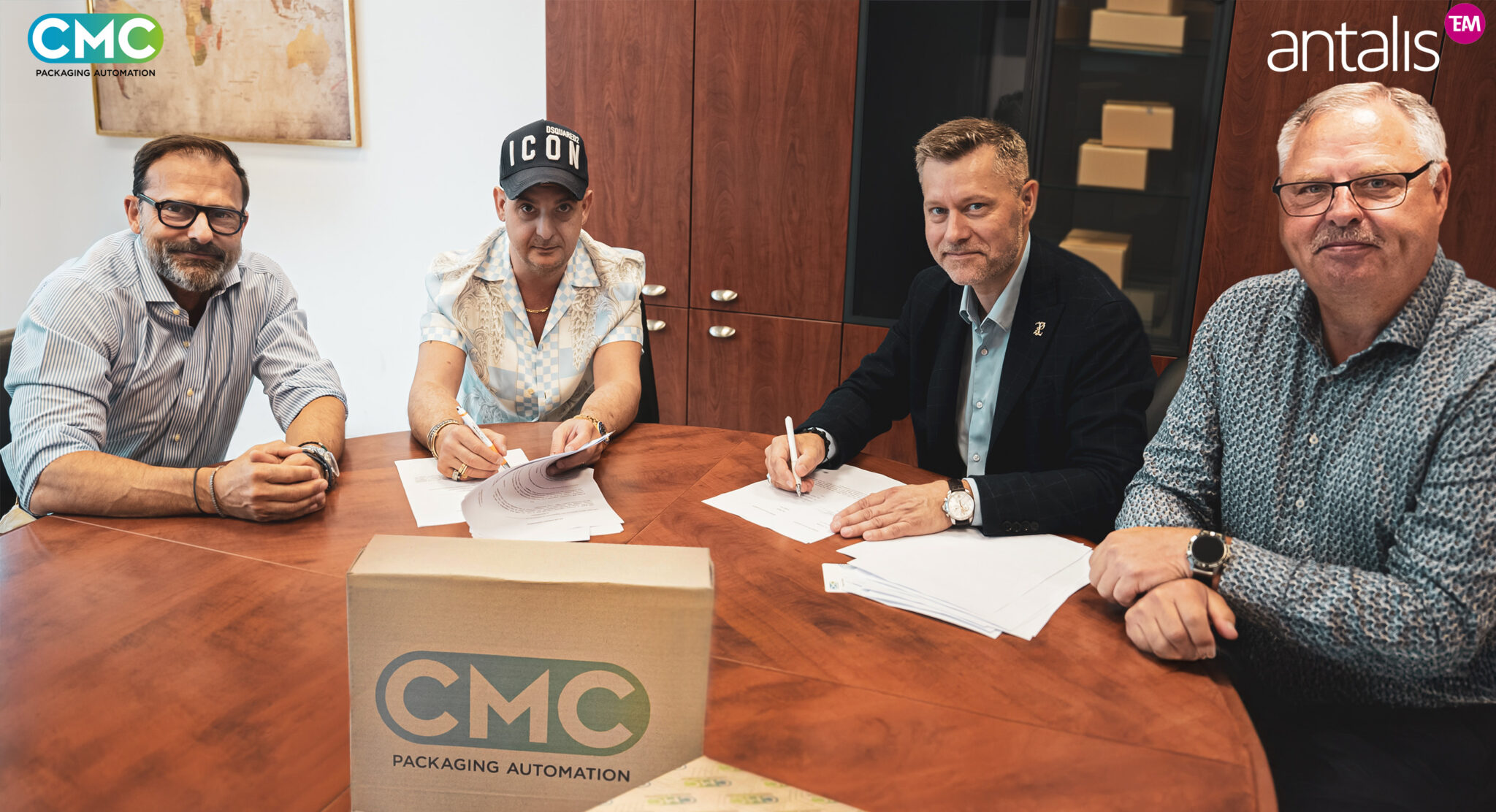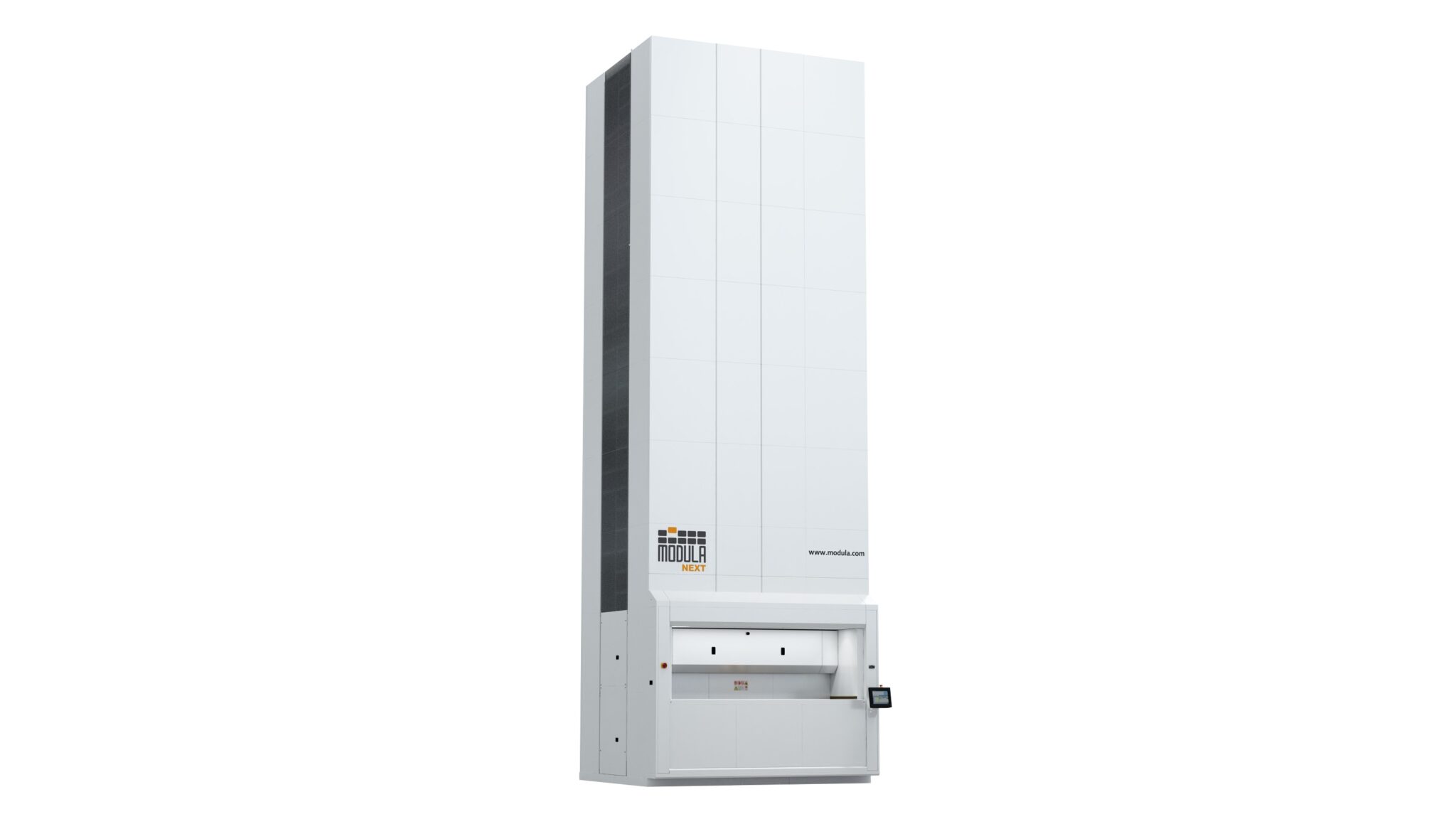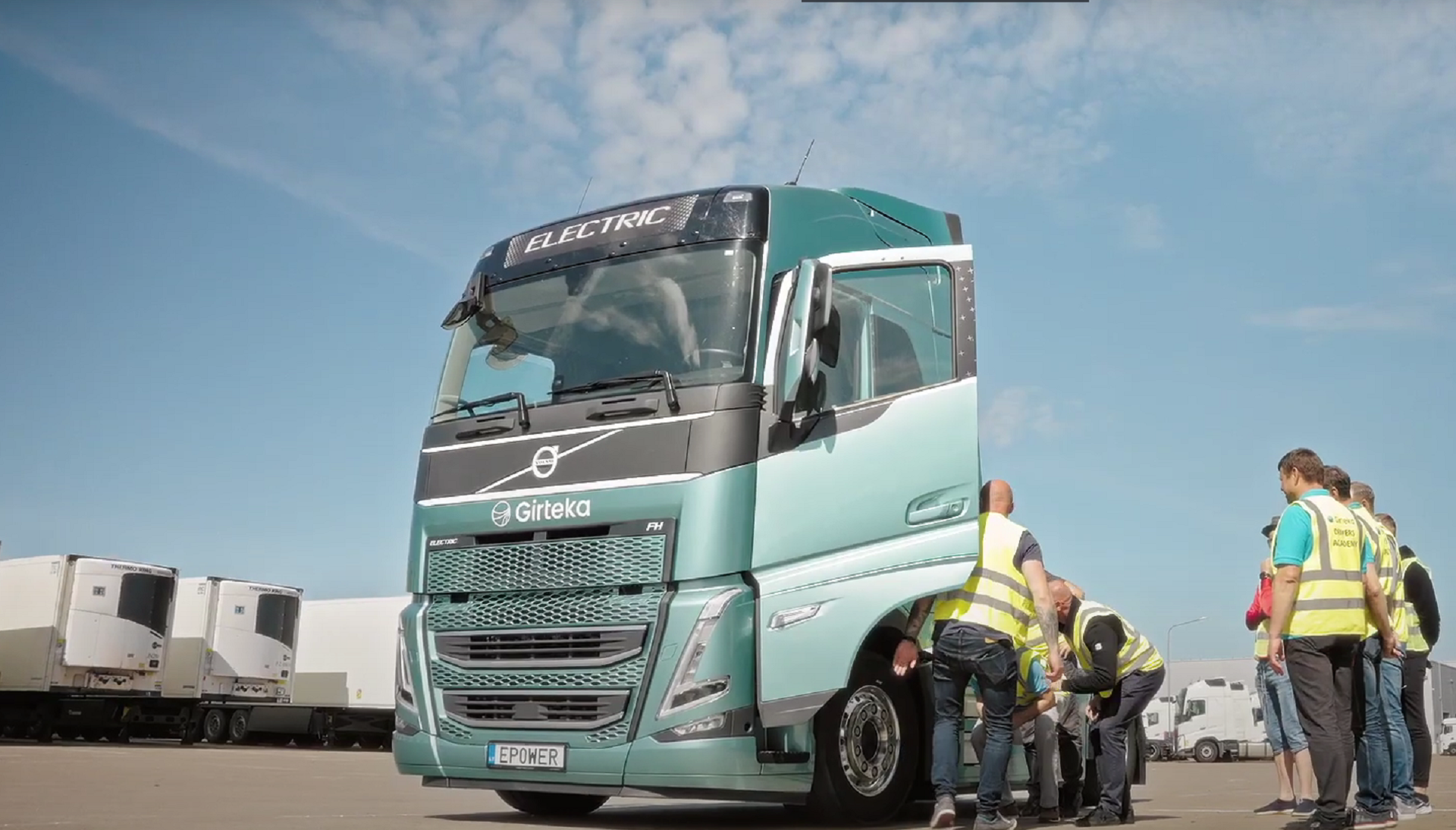Berlin-based startup Northbound has successfully closed a pre-seed financing round of €1.3 million to expand its software-as-a-service solution. The company is developing a SaaS platform to streamline operational control within the container supply chain. Northbound optimizes the flow of goods from the port to the warehouse, considering penalty fees (e.g. demurrage and detention,
“D&D”), capacities, and delivery promises. The solution protects companies from inefficiencies and errors, such as multi-million-euro container D&D charges and late deliveries that frustrate customers.
The round was led by Apex Black and included participation from id4 ventures, IBB Ventures, Schenker Ventures, MVP Factory and several prominent business angels. Northbound was founded by Andreas Canel and Rahul Yadav (pictured) and received initial backing and acceleration from global logistics service provider DB Schenker and MVP Factory. The funding will be used to expand the platform’s AI capabilities, grow the team with key hires in go-to-market and software engineering and acquire additional customers.
Up to 40 percent of containers remain in port terminals or storage locations for too long, resulting in up to multiple thousand Euros in penalty costs per container. Northbound offers businesses an intuitive dashboard that provides real-time data on the location, status and impending D&D charges of containers. This enables prioritized and coordinated control of container shipments, optimized flows of goods and fulfilled delivery promises.
“International importers frequently incur millions in D&D penalties without having real control over them. Major shipping lines profit from these fees and have little incentive to change. Our vision is to empower importers to independently prevent these fees through active control and automated optimization of container flows,” explains Canel, co-founder and CEO of Northbound.
Enhanced AI-Driven Decision Making
Northbound has already successfully validated its software with various pilot customers, including a leading German sporting goods manufacturer. It was proven that over 90 percent of D&D costs within a two-month period could have been avoided through the increased cost transparency and optimized control that the AI solution offers. Northbound’s AI algorithm automatically flags incorrect invoices, enabling disputes on up to 20 percent of all invoices and preventing unjustified payments.
According to DB Schenker and numerous customer interviews, oftentime the majority of D&D fees can be avoided. Without a solution, these costs are commonly caused by a lack of awareness and suboptimal planning.
“Northbound’s innovative approach to optimizing the container supply chain, including the reduction of demurrage and detention charges, addresses a critical need in the market. The technology empowers importers with real-time cost transparency and intelligence, enabling precise and timely decision-making and significant cost savings,” said Rani Saad, Founding Partner at Apex Black.
Validation through Startup and Domain Expertise
In the early stages of the company, Northbound collaborated closely with DB Schenker to validate and test its idea and solution.“ Northbound’s strength lies in its ability to address a highly relevant customer problem today, while simultaneously paving the way for autonomous, fully automated logistics processes of tomorrow. A robust solution combined with a strong vision,” says Patric Hoffmann, SVP Global Ventures & Innovation, DB Schenker. This partnership ensured that Northbound was addressing a significant and relevant industry problem.
In addition to the collaboration with DB Schenker, Northbound benefited early on from its partnership with MVP Factory, which offers a strong network and valuable company-building expertise: “Northbound impressively demonstrates how the collaboration of DB Schenker and MVP Factory creates sustainable added value for the industry. We combine outstanding founding teams and renowned VCs with the network and domain expertise of a leading global logistics group to successfully develop and scale these solutions,” says Johannes Simon, Managing Partner of MVP Factory.
read more
Samskip Makes Changes to North Sea and Baltic Reefer Services














